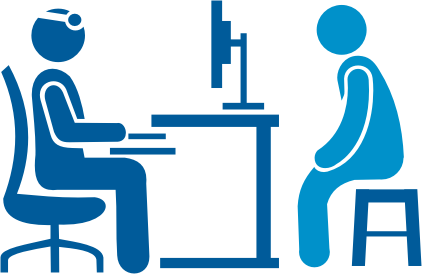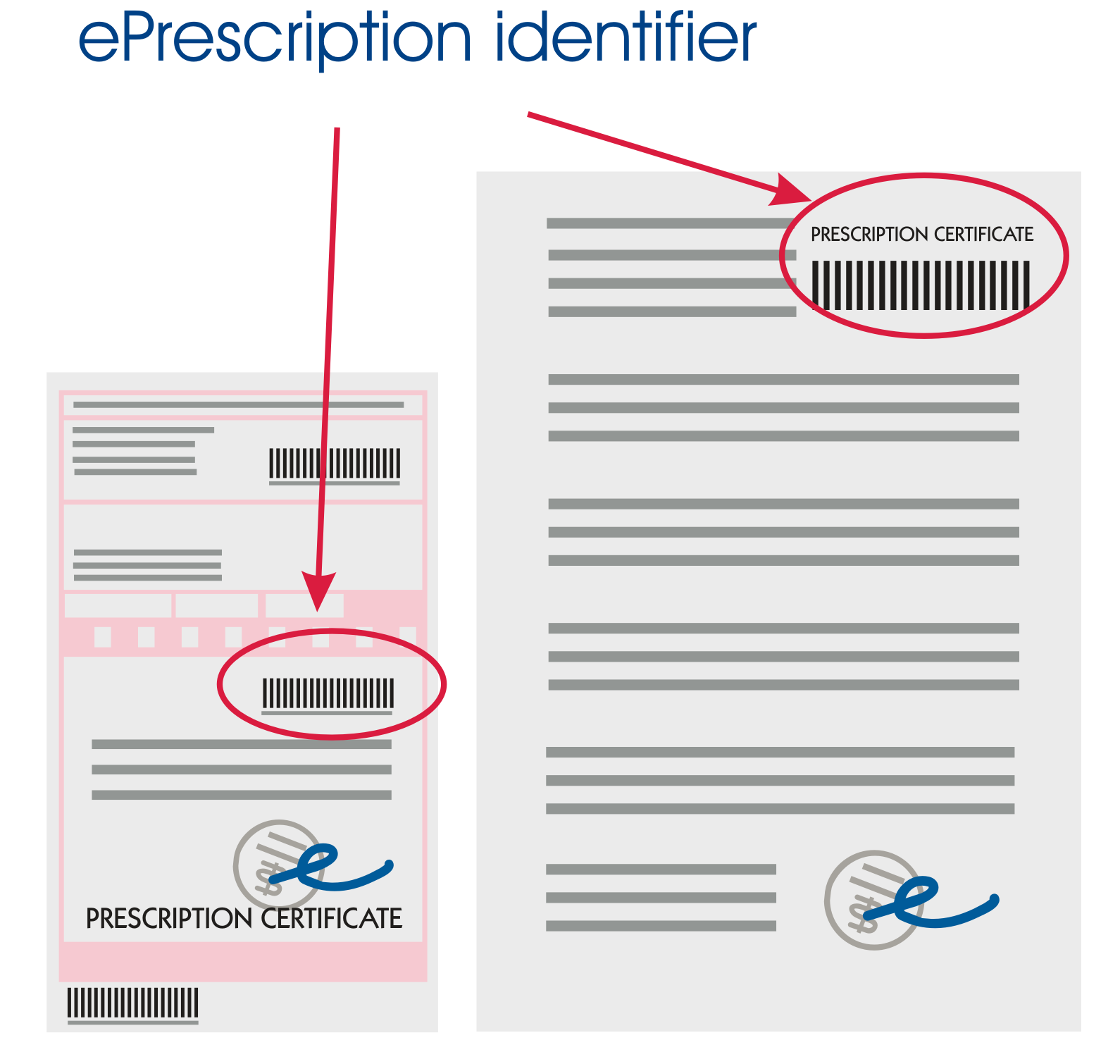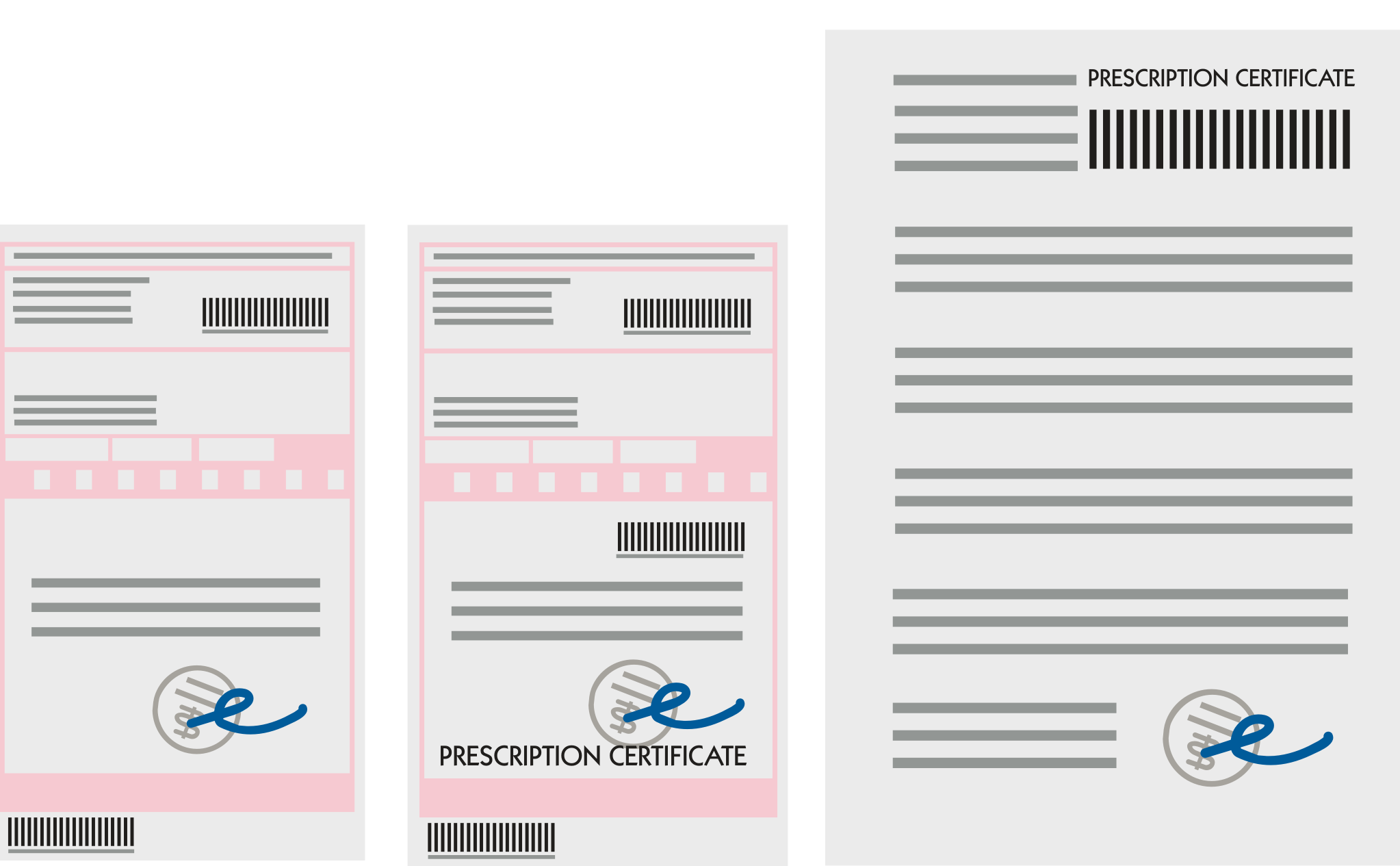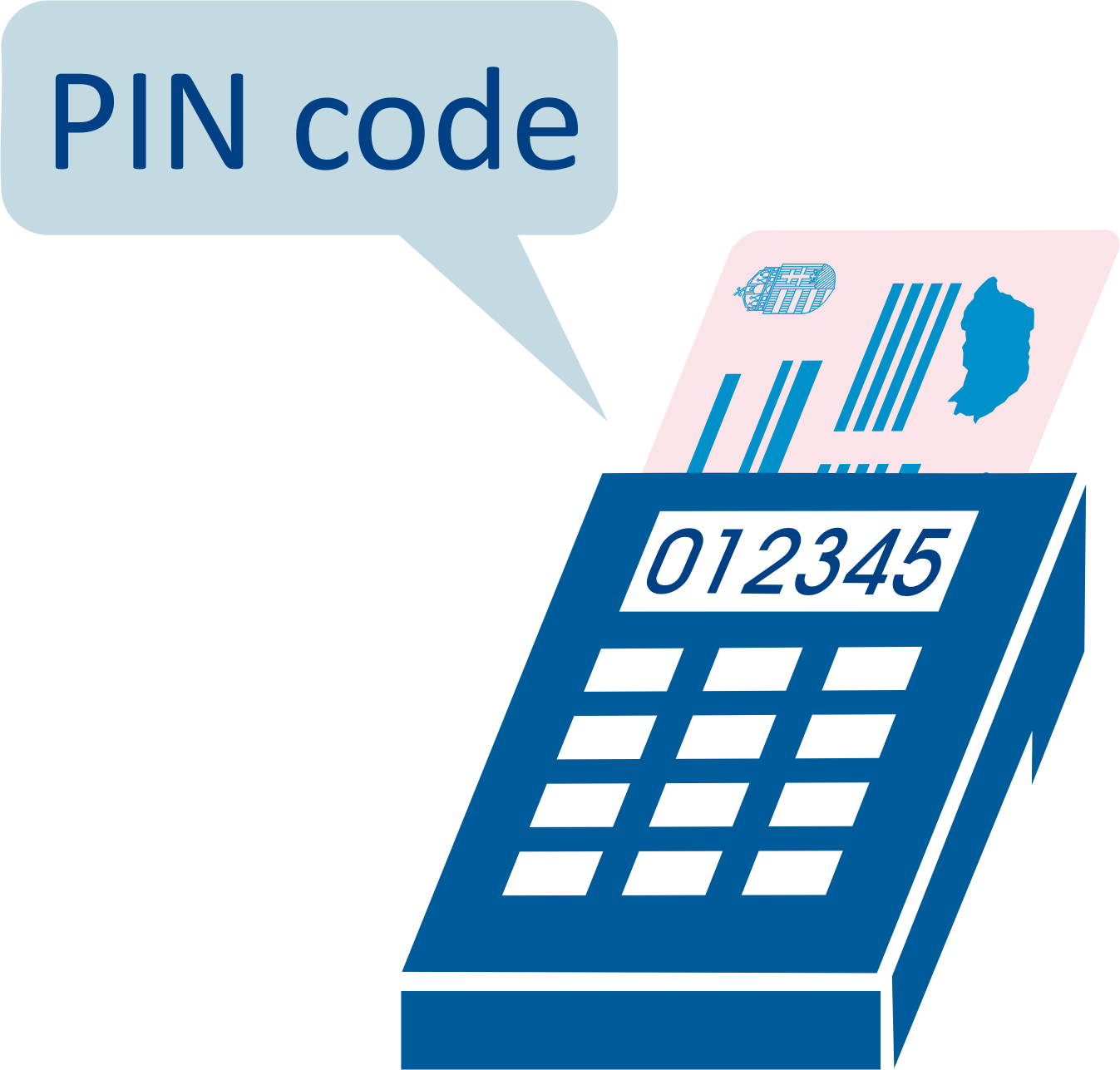Please note that according to the general rule, ePrescriptions in the EESZT may still only be written in the legally regulated manner, after a physician-patient meeting.
Such meeting, however, may also be held within the framework of telemedicine care, including the prescription of drugs, subject to compliance with legal requirements.
The ePrescription is written and filled as follows:

Each physician writes the prescription with his/her usual computer program, which automatically becomes an ePrescription and is forwarded to the “Infrastructure” and can then be queried from any pharmacy.
Upon the request of the patient and for prescriptions written for patients under the age of 14, physicians are still required to issue and hand over the prescription certificate related to the ePrescription.
The prescription certificate may no longer be issued without formal requirements after 01.07.2020. Thus, not only the certificate similar to the traditional paper prescription, containing a third barcode, but also any paper prescription issued containing the appropriate contents also qualifies as a prescription certificate.

On the basis of the rules entering into force on 31.10.2020, the feature of issuing documents in electronic form without the EESZT will also be introduced, so the prescription certificate can even be sent to the patient by e-mail.
The prescription may also be filled on our own or someone else’s behalf with the ePrescription identifier

- prescriptions can still be filled in the usual manner with traditional paper prescriptions and prescription certificates (ePrescription) on our own or someone else’s behalf
- and from 31.10.2020, it can also be filled by presenting a barcode containing the unique identifier of the ePrescription in any manner
Prescriptions can be filled as follows without the ePrescription identifier on our own behalf

- by presentation of a personal ID card and TAJ card
OR

- with an e-ID card containing a storage element, with entry of the PIN code
Prescriptions can be filled as follows without paper on someone else’s behalf

- By providing the TAJ number: providing the patient’s TAJ number together with identification of the person having the prescription filled.
- Based on the authorisation registered in the EESZT: with personal identification of the authorised person registered in the EESZT, in possession of the patient’s TAJ number you can have the drugs prescribed for the represented person filled without requiring any other documents,
- Based on the legal right of representation registered in the EESZT: with personal identification of the legal representative registered in the EESZT, in possession of the patient’s TAJ number you can have the drugs prescribed for the represented person filled without requiring any other documents.
According to the legislation, the person dispensing the medicine must issue prescription certificates for ePrescriptions with the contents specified in the annex of the decree. The person having the prescription filled acknowledges the dispensing of the medicine by signing the prescription certificate or by providing a proof of identity.
If the EESZT cannot be accessed, medicine can be dispensed with a prescription certificate, where a paper-based dispensation certificate is issued by the pharmacy and the person receiving the medicine shall acknowledge receipt of the medicine by signing the certificate of dispensation and indicating the number of the identity document that provide proof of identity.
Updated: 24.11.2020 06:17


